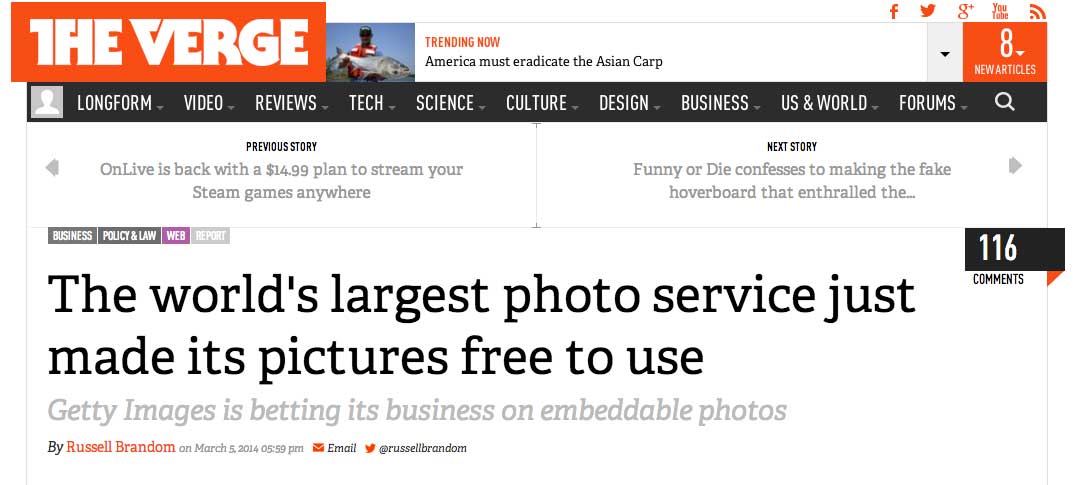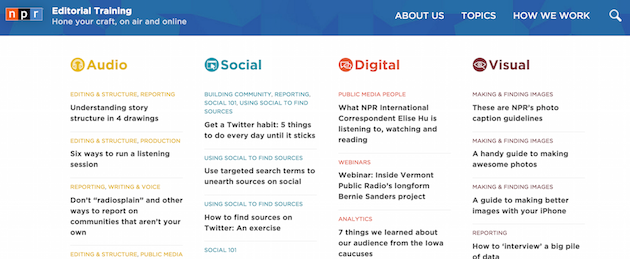Like Getty Images, should school sites share free photos?
High school photographers and staff may wish to consider a cautionary tale playing out in professional media, namely Getty Images.
Getty recently made a decision to remove its watermark from online photographs and share photos on the web for free, labeling the move a strategic survival tactic for photographers and the company.
My high school newspaper staff’s publication makes no money from photos posted to the school’s news and social media sites. Whenever there’s a college “letter of intent” signing–populated with parents, coaches, and administration–the lead photographer is expected to capture and post the event. Such events, such as senior night sports games, attract thousands of likes to the staff’s Facebook page.
My photo editor water marks her photos with her own name. However, the newspaper itself hasn’t used its free SmugMug account wisely or marketed it at all, and the photographer is posting so much that it wouldn’t be nice or wise to discourage her dedication.
The following post in an online community e-zine emphasizes high school newspaper’s need to establish a publication policy for such instances.
A post headlined in the community e-publication, The Verge by Russell Brandom, reads: “The world’s largest photo service just made its pictures free to use.” The subhead that follows states, “Getty Images is betting its business on embeddable photos.”
Brandom quotes Craig Peters, a business development executive at Getty Images as saying, “Anything more expensive than free is a prohibitive cost.”
The company plans to make photos available for free, as long as a user provides an attribution. According to the article, the company plans to use its embedded copyright information as a way either to advertise or collect information (it doesn’t know which) via Twitter and other social media.
Citing the music industry’s loss of control over content as an example, the Getty executive claims screen shots alone make it impossible to keep people from copying photos from online sources. Peters is quoted as saying, “As long as the images are being taken as embeds rather than free-floating files, the company will have options.”
Moreover, as per the post, “Getty Images is focused on the more immediate problem of infringement. ‘The principle is to turn what’s infringing use with good intentions, turning that into something that’s valid licensed use with some benefits going back to the photographer,’ says Peters, ‘and that starts really with attribution and a link back.'”




